Where are Scars in the Body-Positivity Movement?
6 years ago by

Summer doesn’t officially start until June 21st, but the arrival of Memorial Day tends to signal that barbeques, beaches, and bathing suits are right around the corner. Targeted ads for sandals and swimwear slowly but surely pop up, as the idea of lounging by the ocean with a cold drink gets more and more appealing. The size or ethnic diversity in these ads may be attributed to the pushback clothing brands have gotten in the past few years to portray advertising that more accurately represents their customers.
In 2019, the average American woman is between a size 16 and 18 and I would argue that women ostensibly of all ethnicities would like to have the option of finding swimwear from brands that care about having them in mind. While the rise of the body positive movement in recent years has propelled many clothing brands to create more plus-size options and include more people of color as models in their campaigns, many have seen this as an empty gesture to appear more progressive in exchange for more sales.
Stretch marks and cellulite, marks caused by weight gain, seem to be the first frontier in what bodily aberrations brands are willing to accept (and by proxy, tell women are acceptable) in their marketing. In a #fitspo, fat-phobic culture which relays the narrative that being fat is the worst possible outcome for women, there is some comfort in sharing images and stories of women who have risen above the cultural shame imbued on them throughout their lives. By no means do I think we have collectively reached a turning point about fatness in America, but the meteoric rise and celebration of artists such as Lizzo and Aidy Bryant have in part to do with their unapologetic presence in the spotlight and their refusal to have their own stories consist of trying to look like the supposed ideal.
While the majority of the body-positive conversation centers around size, I too feel un-represented in mainstream media. Where is the mainstream conversation about women with scars? We like to go to the beach too! While several clothing brands have prioritized featuring “real women” in their advertising, the attempt in most cases stops short after doing one campaign with unedited photos or a sprinkling of a few non-normative (see: dark-skinned, curvy, disabled) bodies to appear progressive.
I have scars all up and down my legs, back, and chest. Some of them have faded over time, while some have become just part of the constellation of marks that sprawl across my skin. I rarely feel confident enough to wear shorts, self-conscious of the dark dots I can’t seem to get rid of. Since I can cover my face in foundation and live in a city where I can wear jeans most of the year, it is an issue I can easily hide from most people. I have skipped out on pool parties, and wear cover-ups to the beach.
As a child, I remember my mother slathering my legs in calamine lotion and Aveeno to soothe the incessant itching from my eczema. The scars started even then, as I did not have the self-control to keep myself from scratching the irritated and inflamed skin. Hyperpigmentation is the process in which an excess of melanin deposits in the skin, a process that can occur in people of any skin tone, but is commonly found in black women. The scars and marks hyperpigmentation leave behind can often be a source of frustration and shame and take several months, if not years, to go away with proper treatment. Finding a bathing suit I feel confident and comfortable in already proves to be a challenge every year when summer comes around. For as much positivity I share with my friends on loving yourself, I don’t have the words to always bolster myself up enough to put on a bikini and jump in the water in front of others.
What does our popular culture have to say about women with scars? Men get to be tough, sexy, and rugged. Even Harry Potter, the Wizarding World’s most wanted, receives recognition and awe from any friend or foe he comes across when they see the slash across his forehead. When was the last time we saw a female protagonist with a scar that was given the same attributes? Instead, our scars often define us from the inside out; female characters in novels and film are laden with storylines of rape and heartbreak that mark them to shape their character’s development.
I don’t think I have ever seen a large-scale campaign featuring women and their scars, much less featuring women of color and their scars. Whenever there is a renewed push to reject the beauty standards placed on women, typically white cisgender women, who have the most power and the least resistance, are leading the way. How many times have you seen feminist Instagram accounts encouraging body positivity with images of Miley Cyrus, Sophia Loren, and Julia Roberts photographed with tufts of armpit hair proudly displayed? Women of color in this movement for bodily acceptance are few and far between.
Black women in the media are often portrayed as animalistic, unfeminine, and hypersexualized, which makes standing up to the barrage of societal norms that much harder. In my attempts to combat these stereotypes, finding a bathing suit I feel confident and comfortable in while managing outside perceptions of what someone like me looks like becomes a balancing act. Will animal print implicitly bring up associations of being wild? Does this high-waisted trend make my butt look too big? I oscillate between posting photos of myself on social media and taking them down, lest someone decides I look “lewd” or “too sexy” for merely being black and carefree in a two-piece. To be a black woman in America is to be hyper aware of how your outer appearance affects everything: your safety, your freedom, your survival.
So what’s a black girl with scars to do? I could stay inside and let society dictate that my body is unworthy of being seen and celebrated. Or I can rebuke it all, in typical body positive, #yougogirl platitudes. Neither option seems like a realistic or healthy mindset to have about my body; I will have days where I feel fearless, I will have days where I feel uncomfortable, just like everyone else. What I find helps most is to get used to seeing and feeling my body as it is: not trying to fit it into some aspirational goal but just by being grateful. They may be scarred, but my legs have helped take me everywhere I need to go. My body is mine, and I like having the power to decide whether I’m happy with it today or not.
Scars are often the physical reminders of our perseverance through life, whether they serve as our medals for surviving major events such as illness, childbirth, and trauma or just as a result of a lifetime of inflammation and hyperpigmentation we are uncontrollably predisposed to. Either way, I would like there to be a bigger, more open conversation about them.






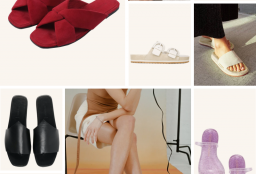
















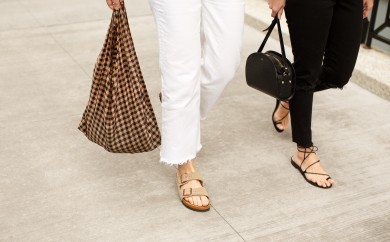
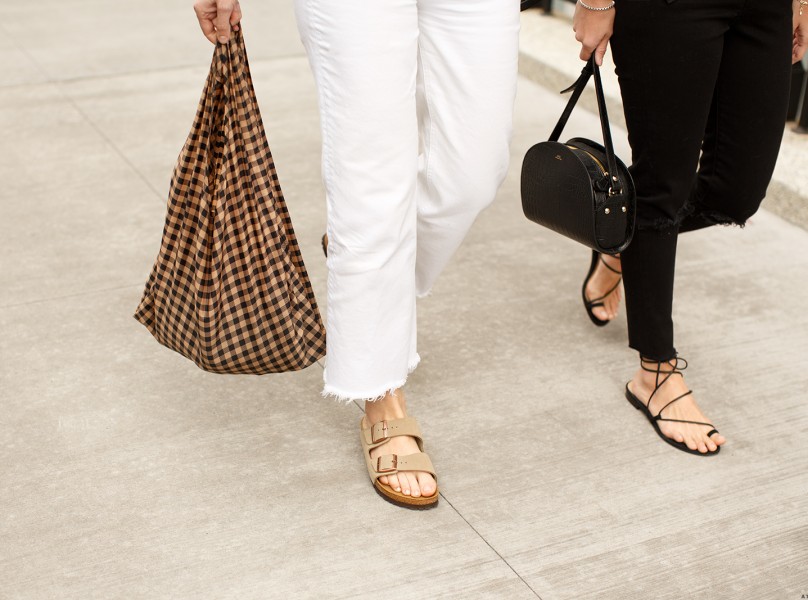
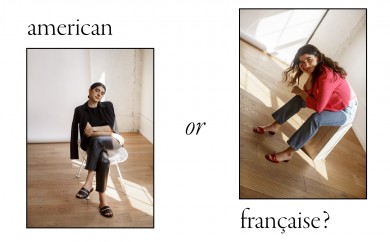
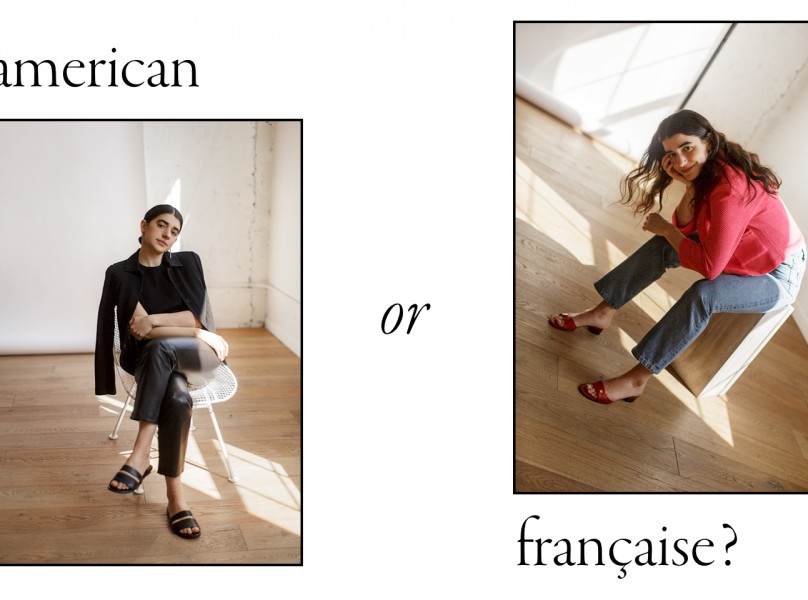
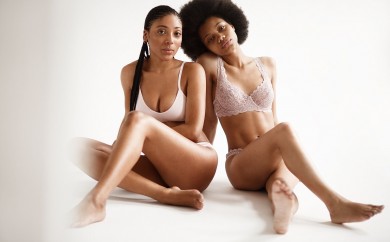
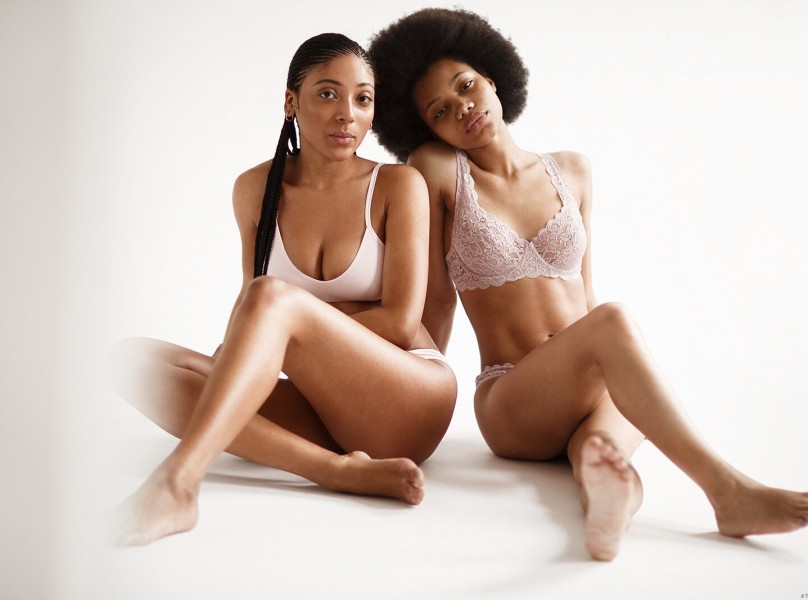
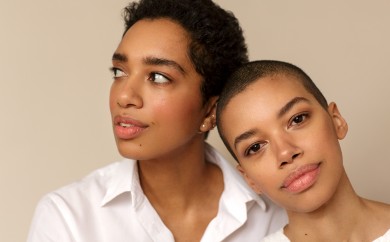
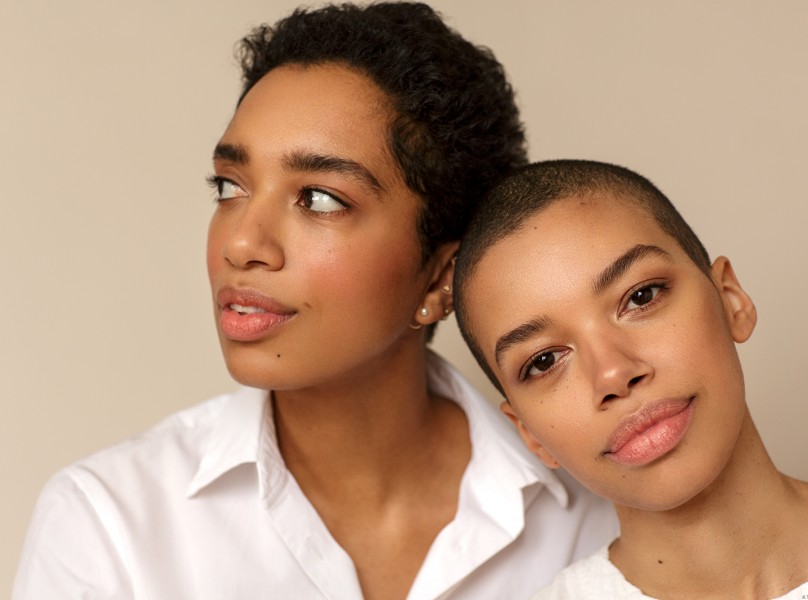

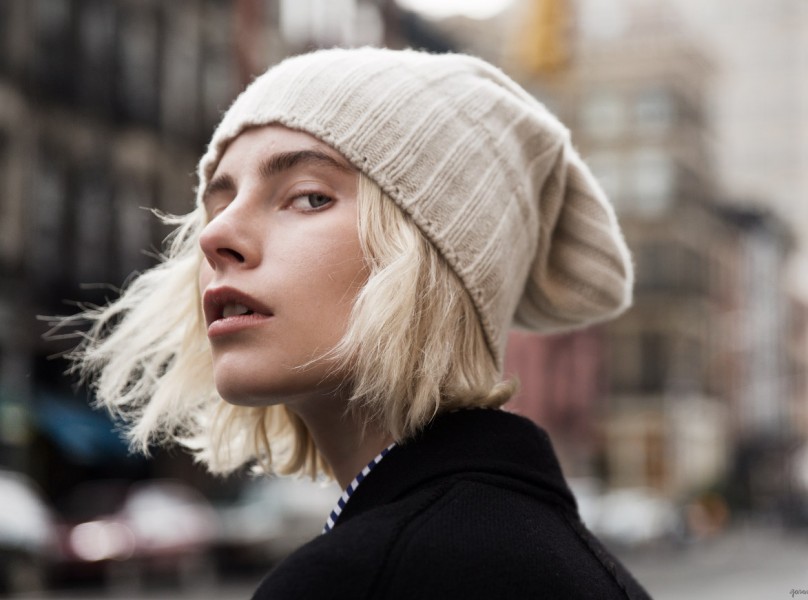
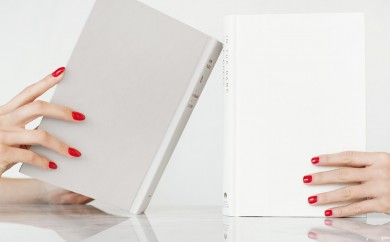
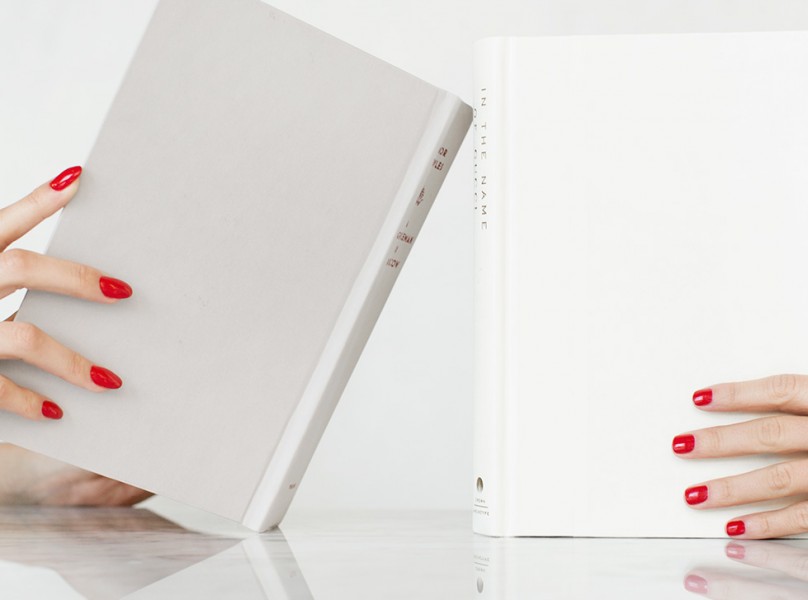
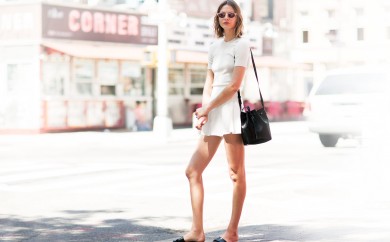
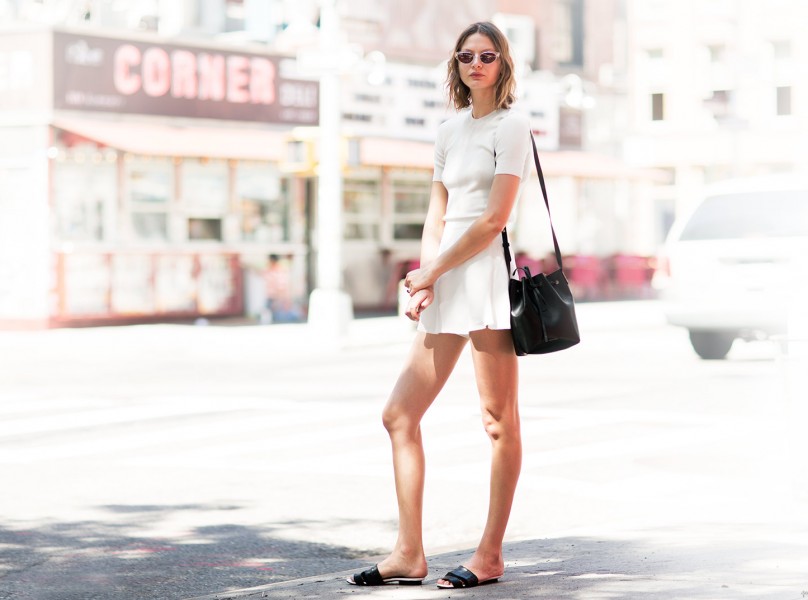
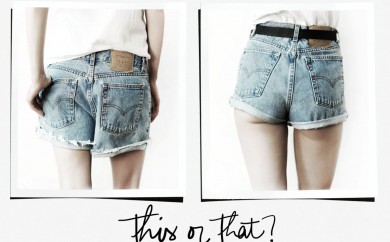
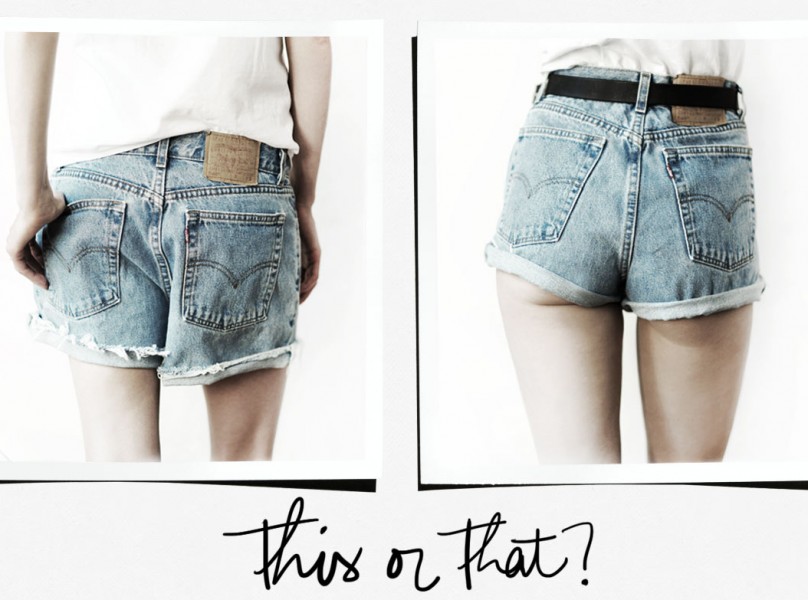
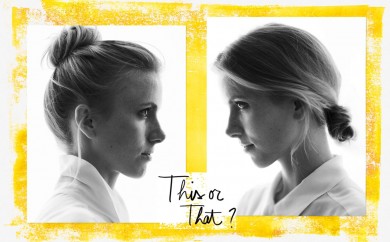
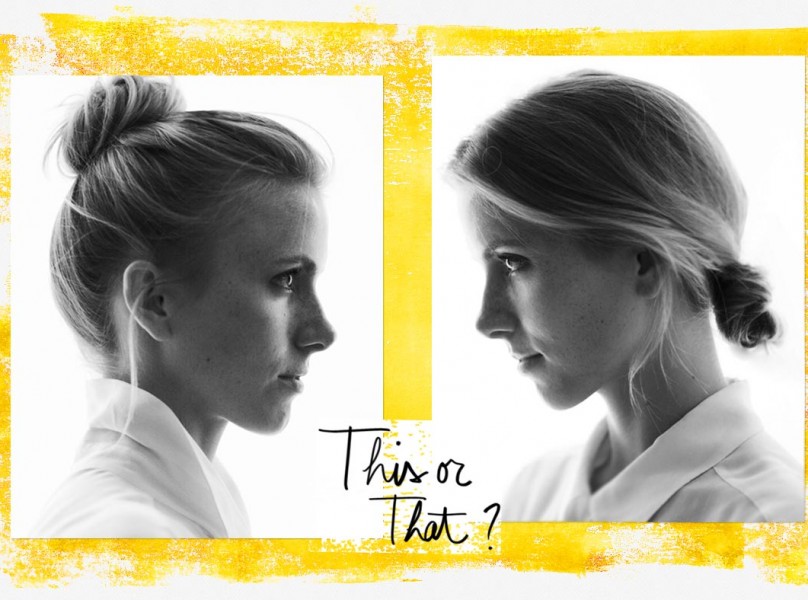

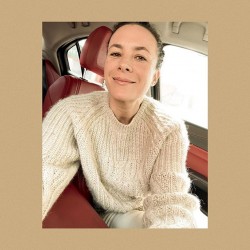




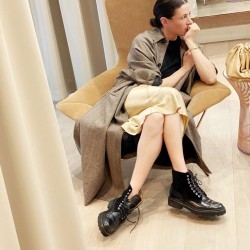

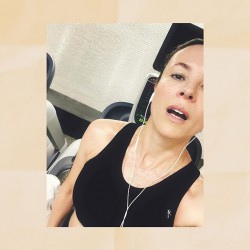
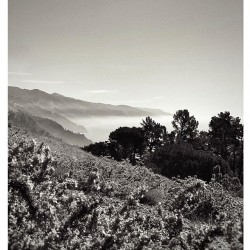
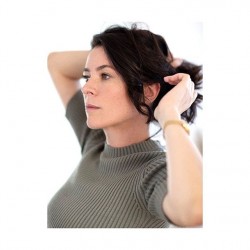
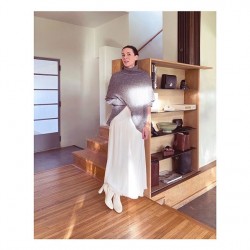


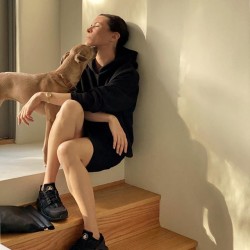

Thanks you for your uncompromising assessment of the body positive movement and how our society’s persist racism impacts you and other women of color. I hope that continued calling out these truths on many fronts makes impact.
This is where body neutrality comes in. “Women are more than bodies” and “Our bodies are instruments not ornaments” are two of the messages from Drs. Lexie and Lindsay Kite of BeautyRedefined.org. that remind us that our worth does not depend on the extent to which we fit the current cultural expectation of beauty. There is a whole lot of socialization to unlearn, but it’s worth it to try. We look the way we look and we are enough as we are. That doesn’t mean that we can’t enjoy fashion and make-up, but it means that we don’t need to apologize for being human and for displaying the variation that inevitably (and wonderfully) comes with that.
I’m covered with surgical scars but it never bothered me much. I have big scars from a heart surgery, an even bigger one from Chron’s (abdomen) surgery and a noticeable one on my neck (from a vocal cord surgery that went bad). I have some other some smaller scars such as appendix surgery one and etc. I don’t feel like I need to be ‘represented’ to feel better about my scars because I have never seen them as something bad to start with, but maybe more representation will help some people to feel better. More representation is always good, but the change really needs to start within.
But why oh why is this one of the few articles on your site without a picture? Why not have photographs of beautiful women with scars? I feel like only having a conversation about this topic and not including pictures on a picture-heavy site like yours sends exactly the wrong message.
Thank you for sharing! I totally agree without. Great article except for this part:
“Stretch marks and cellulite, marks caused by weight GAIN”: No, stretch marks are caused by weight VARIATIONS, which can be weight AND LOSS. Please, be careful with your words, especially about medical topics, or else every woman who discovers stretch marks on this blog might think she has gained weight – which you just perfectly described as what as been construed as the worst sin in our weird society! – and you don’t want to scare them! I know I am picky but this is important!
Thank you again!
Thank you fo your text and insights!
I have a scar on my forhead, splitting my eyebrow from an accident I had as a five year old. I heard so often that I should cover up the split. But very often people eitherway did not realize it or even thought it cool~ I used to be very insecure about it, and I am sure there will be more crisis ahead since I am getting older and it seems like the scar on my forhead is getting more and more visible, but usually I try to be unappologetic about it. it’s part of my face. and even without realizing it, people tend to remember my face and I guess that’s in part bc of the scar
Thank you again
Maria
This is all so good for us now.
This article may be of interest to you:
https://livehealthy.ae/the-uae-has-its-own-body-positivity-movement/